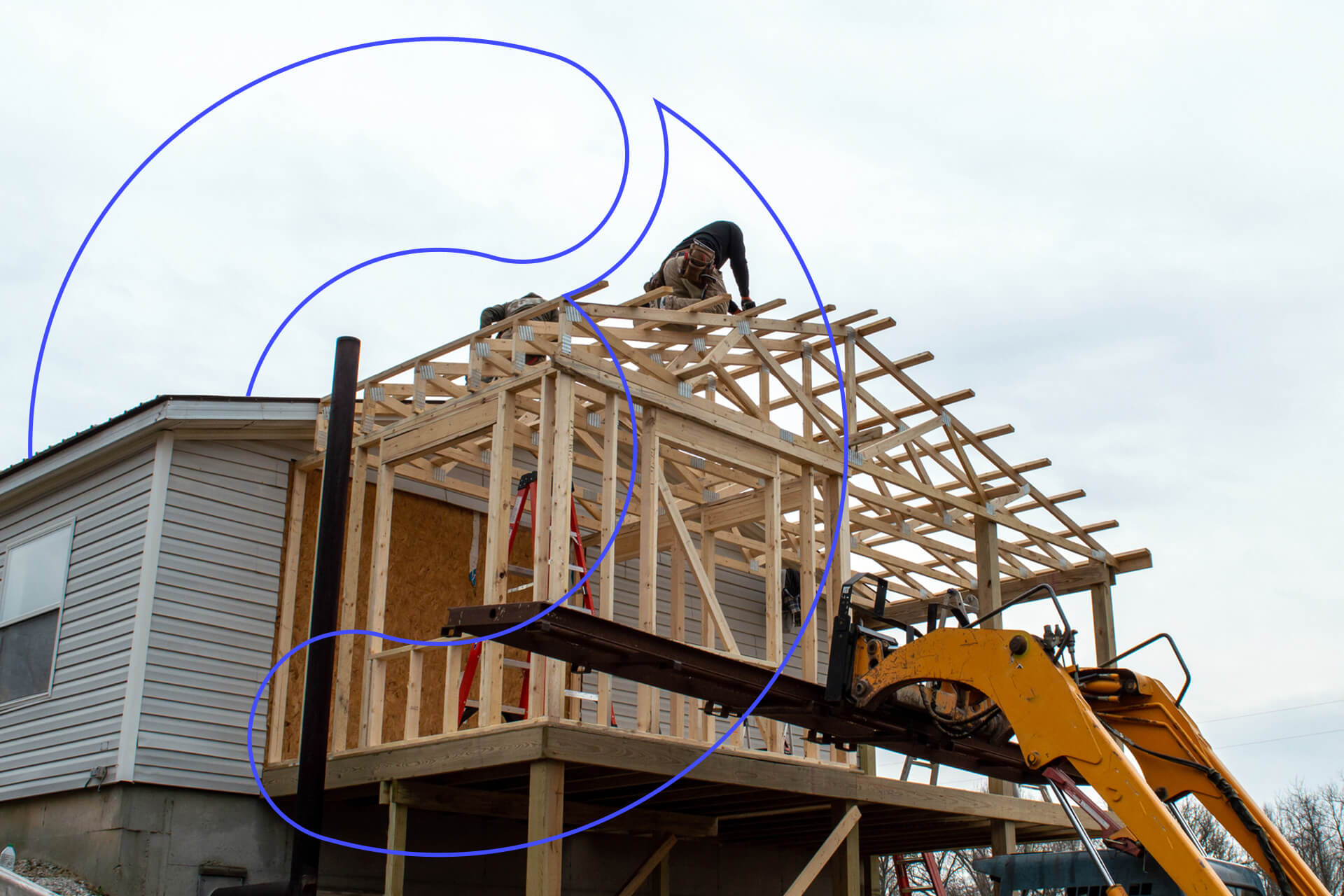
Renovation vs. Remodel: What Does Your Home Need?
November 14, 2019 - Emily Newton
Revolutionized is reader-supported. When you buy through links on our site, we may earn an affiliate commision. Learn more here.
You’ve decided that your home needs a new look, or maybe you’re brewing plans for the future. You’ve got some ideas noted, but you keep tripping over two tricky words — renovation and remodel. You thought they were the same, or at least similar enough to count, but home-building experts stress the importance of distinguishing them. So what’s the difference? Why would you want a renovation vs. remodel?
Both are good, suitable options. What you pick ultimately depends on the goals of your home project. Don’t stress over not knowing the difference, because the tools are here for you to learn. By the end of this post, you’ll be able to decide which technique is best for your house.
The Difference Between a Renovation and Remodel
Renovating means upgrading an existing room or building while keeping its core purpose. For example, you may change the light fixtures, cabinets and faucets in your kitchen because they’re aging and don’t fit your desired aesthetic. Even with these changes, your kitchen is still that — a kitchen. Only now it doesn’t have woodwork straight from the 1950s.
Remodeling, on the other hand, involves completely revamping a room or property. It’s more expensive than renovating due to how intensive it is. You’ll change the basic structure with this method — replace plumbing, add square footage, raise the ceilings and more. If a room undergoes a remodel, the result is a new purpose or a vastly different look.
Though many people use the terms interchangeably, it’s good to know the difference between a renovation vs. remodel before hiring a contractor. The last thing you want is a builder tearing out a wall when all you wanted was a new sink.
Which Option Is Best for You?
Consider what your home needs and how much you’re willing to spend. A minor bathroom renovation, for example, will be cheaper and take only three weeks — significantly less time than a remodel. This option prevents you from using your neighbor’s toilet for months on end.
Adding new walls or electrical work to accommodate a home office will require more money. You’ll still have access to the essential areas of your home, but you might not love the construction noises.
Whether you do a renovation or remodel, it’s worth considering which materials to use. Sustainable construction is skyrocketing in popularity due to its environmental benefits. Materials like rammed Earth and fungi release fewer fossil fuels into the environment and diminish the amount of pollution affecting landfills and seas.
Eco-friendly construction is gradually offsetting the negative consequences of conventional techniques. Certain green materials, like cork and solar panels, also help reduce energy bills through natural insulating and cooling properties.
If out-of-the-ordinary is your forte, try using bricks made of mycelium — a type of fungus. These bricks are fire-proof, biodegradable and pest resistant. They also provide a rustic, natural look that goes well with traditional styles. What’s more organic than building a mantel from mushrooms?
Points to Consider Before You Decide
Remodeling a room in your house — or even the whole thing — is an exciting journey. With the right tools, plans and workers, it can become 10 times easier. However, you may need to obtain a permit or two before you start hammering away. For example, you’ll need a one to:
- Add a fireplace
- Build a deck
- Change a roofline
- Construct a tall fence
- Install electrical wiring
- Demolish a load-bearing wall
Permit requirements are especially standard in neighborhoods run by homeowners associations (HOAs). These associations have strict guidelines and how properties can look. For example, a new sunroom might exceed square footage limits. They might ban fences that are not natural wood.
Permits ensure you follow building codes, which prevents damage to your home and nearby dwellings. They’re mainly necessary for big changes — something a neighbor would walk by and notice. You don’t need one to paint your living room a different color or install fresh carpeting.
Skipping out on a permit can affect the buying and selling process when it’s time to move. If someone purchases a home without permits, the city might fine them or require them to tear the improvement out. Plus, home owner’s insurance won’t cover damage or defect to areas built without proper paperwork. A renovation is the best choice if you want to go DIY.
Remodeling involves labor-intensive work that can prove dangerous if you have little experience. It’s best to choose a trusted professional in your area. Luckily, all the work leads to a higher return if you decide to sell your home. Perform upgrades based on how much value they can bring in the future.
Renovation and Remodel — A Step Toward Your Ideal Home
Are you ready to start your first project? The first step is to decide between a renovation vs. remodel. Next, map out your desired upgrades, select eco-friendly materials and hire professionals to handle your most extensive needs. Revamping your home will inspire you to think outside of the box and exercise your creative mind.
Revolutionized is reader-supported. When you buy through links on our site, we may earn an affiliate commision. Learn more here.
Author
Emily Newton
Emily Newton is a technology and industrial journalist and the Editor in Chief of Revolutionized. She manages the sites publishing schedule, SEO optimization and content strategy. Emily enjoys writing and researching articles about how technology is changing every industry. When she isn't working, Emily enjoys playing video games or curling up with a good book.




